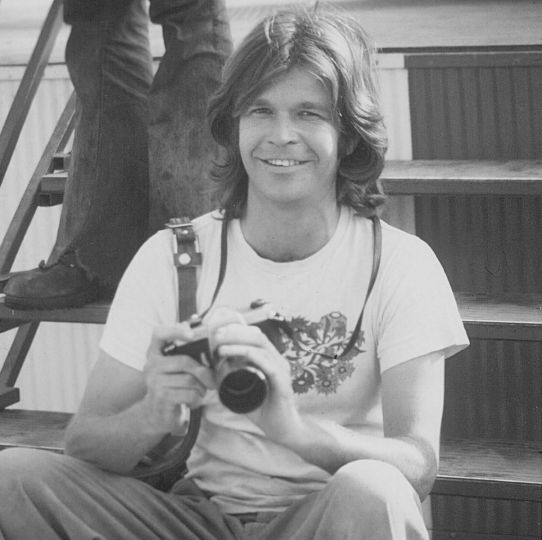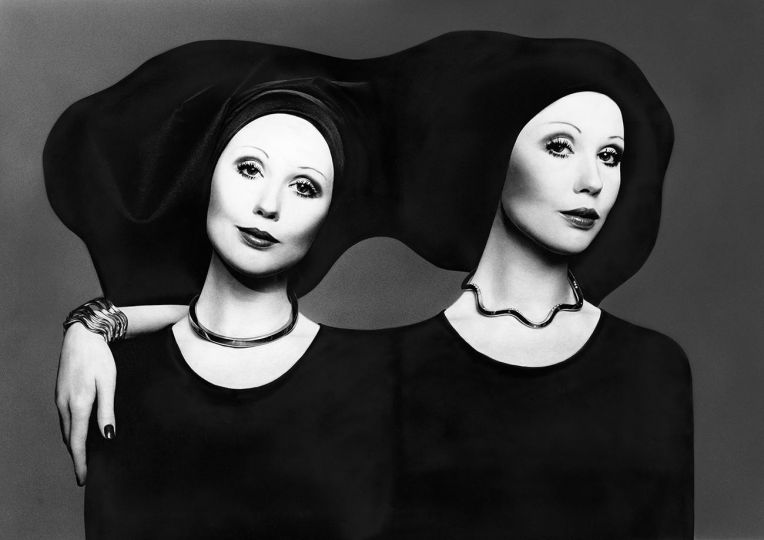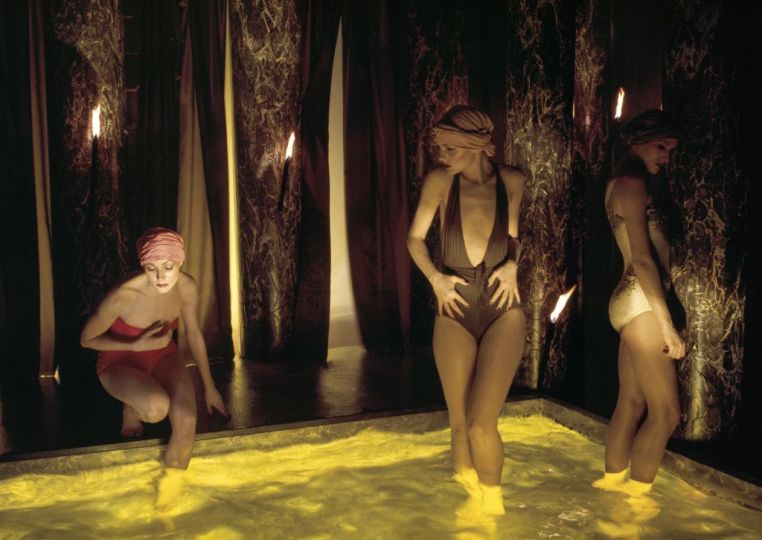Bonni Benrubi passed away. She lost her battle against a cancer that started three years ago. Next week we will talk again of her surprising gallery as a tribute to her Today we republish her interview with Stéphanie de Rougé made a few month ago.
When I arrive at the gallery, I take a moment to enjoy the exhibition City Stages; Matthew Pillsbury’s long-exposure photographs taken with a view camera.
Further on, in another room, I find myself in front of a large color photograph with so much texture that it’s almost difficult to process. The cloudy image is vaguely reminiscent of Yellowstone National Park. I look around the room, then approach Abelardo Morell’s View of Landscape Outside Florence in Room with Bookcase, which I have never seen in person. No good. I return to the large color print. My brain is reeling. A double exposure? “Of course not,” says Bonni. “We don’t allow any manipulation here, nothing creative outside of the mind. This image is part of Morell’s famous Camera Obscura series.”
Basically, Abelardo uses a room as if it were a camera chamber. He covers all the windows, letting only a sliver of light shine though. This produces an inverted, but precise, projection of the view outside. Then he takes a picture of the projection. In the Yellowstone photograph, he set up a tent and recreated the same process. The big difference, though, is that the exterior image is projected onto a textured surface, the rocky ground, instead of a smooth hotel room wall.
Captivating.
Bonni speaks for a while about “Abe,” whom she’s represented for many years. I can sense how important her relationship with the artist has been in her life as a gallerist. Her story is touching, funny and unpretentious.
At the end of our chat, she says that she doesn’t want to get back to work, and I don’t want to go home, either.
Thank you so much, Bonni.
From the first encounter with photography to the opening of her own gallery space…
When Bonni was 16 and in high school, she already knew that she wanted to become an art dealer. She read a book about the Duveens, two famous 19th century English art dealers, and says she was fascinated by the idea that one can own, buy and sell history through art works.
She studied art at Boston University under Carl Chiarenza, the renowned professor and art historian.
Her first inspiration was Robert Frank, especially Rodeo, Detroit. She tells me that when she saw that image she said, “Where is the rodeo?” and that’s where it all began.
Diploma in hand, she finds a job at the Blum-Helman Gallery, where Irving Blum becomes her mentor. At the time, he represented Lichtenstein, Rauschenberg, Warhol… Everything she knows she learned from him, says Bonni.
In 1977 she gets hired by the Wolf Gallery, where she essentially became the director, especially for the two years during which Daniel Wolf traveled across the country to piece together a spectacular collection of photographs for the director of the Getty Museum, John Walsh.
In 1987, the Wolf Gallery closes and Bonni decides that she is ready to go it alone. She starts selling works out of her husband’s office. Although she didn’t start from absolutely nothing, she had no funding.
By this point she was already recognized as an authority on Walker Evans. She decides to represent Andreas Feininger, Jed Devine, Regina Deluise, Tod Papageorge, Garry Winogrand and Eliot Porter, among others.
The Bonni Benrubi Gallery is born.
Her best memory as a gallerist…
The memory is a rather recent one. For health reasons, last November was the first time she was unable to attend Paris Photo. One week later, a few of her most loyal clients spent a few days in New York together, in part to visit Bonni.
Her worst memory as a gallerist…
Bonni prefers to only remember the good times in her life as a gallerist.
The first photograph he bought for herself? Or one that has a special importance in her life…
Three girls suffering from scoliosis from working at such a young age, from the National Child Labor Committee assignment by Lewis Hine Times Square in Hotel Room par Abelardo Morell
On her bedroom wall…
Rodeo, Detroi t by Robert Frank
Wall Street by Paul Strand
The Last Stitch by Dorothea Lange
Queen Charlotte’s Ball by Henry Cartier-Bresson
Bowing for the Collection by Louis Faurer
And also a Giacomelli in motion.
If she was a renowned photographer…
Abelardo Morell for his incredible talent and his consistency as an artist these last twenty years.
















